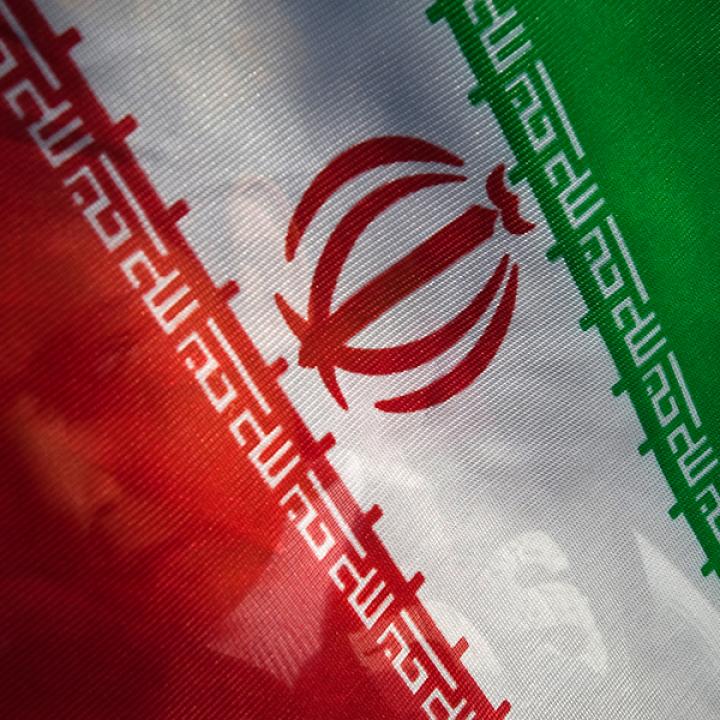

For decades, the Iranian government has failed to address the country’s water shortages, causing social unrest that will only intensify if the problems continue.
Since demonstrations against water shortages took place in Iran in the summer of 2021, the government has become increasingly defenseless against water shortages and has faced gradual domestic tension. The short-sighted government policies, in terms of water security, have been very harmful and are being compounded by the growth of the population and global warming. As such, there is an increased pressure on the availability of water in several Iranian cities and the depth of the problem is only becoming deeper.
Whether in monarchic or revolutionary Iran, the government has not paid ample attention to this existential threat. To the contrary, the Iranian government’s policy has been counterproductive in terms of devising a water strategy. The government’s mismanagement of the country’s water resources will only be amplified by other factors. Global warming and population growth are an added burden on water availability and can cause social disturbances. Today, the country has already witnessed several demonstrations in different Iranian cities in reaction to water scarcity, a trend that will only become more acute, and will constitute a formidable challenge to Iran’s government and society.
Over the past few decades, across a variety of governments in Iran, enough attention has not been paid to water security. For example, the Iranian government under the Shah focused on cultivating agriculture that consumed tremendous amount of water. The result was the destruction of the qanat water system that had functioned for millennia, and the creation of large burdens on urban centers because of migration. The situation did not improve much after the revolution. The post-1979 government prioritized maximum extraction rather than curbing the consumption of water. Although the water problem is partially linked to economic sanctions against the country, it is not the main cause as the Iranian government claims. Iran’s jostling with the international community after the revolution made it reluctant to rely on other countries for vital crops and, instead, it tried to be self-sufficient.
In addition, the laws passed by the government allow for over-extraction and misuse of water. The usage of groundwater rights is subject to landownership, allowing individuals to extract as much water from their wells as they please after receiving a permit without adequate governmental oversight. According to Mohammad Hajrasouliha, the managing director of Iran Water Resources Management Company, there are almost 320,000 illegal wells, and between 13,000 and 14,000 illegal wells are sealed yearly. The fees for water are another factor causing misuse of water. For example, Ali Asqar Qane, the deputy of the National Water and Wastewater Engineering company of Iran’s planning and development, said that each cubic meter costs the government 10,000 rials in urban areas, but it only charges consumers 4,000 rials.
Climate change as well as population growth have also detrimentally affected water supply and water demand. Studies of the precipitation in Iran indicate that it has been in decline for the past five decades. This is particularly significant because precipitation in Iran is unevenly distributed, and rain is a vital source of supply. The range of distribution varies greatly between 5 mm in some desert areas and 1,600 in the Caspian Sea basin. In addition, 70% of the landmass receives only 43% of the rainfall. Notably, the average rainfall is 250 mm a year, nearly a third of the world’s average, and two thirds of it vanishes because of evaporation.
The water supply is likewise affected by population growth. Population growth in Iran during the previous century is one of the leading causes for water shortages; as the society grew so did the level of water consumption, without sufficient awareness to Iran’s limited supply. Iran’s population in the 20th century increased sixfold: the growth rate was 0.6% in the beginning of the century, and increased to 3.19% between 1976 to 1986. The government encouraged population growth after the revolution without paying attention to water security. Iran’s population is expected to reach 92 million; a significant number given that while the average consumption of an Iranian should be 150 to 175 liters a day, the average citizen consumes 1.5 to 2 times more.
Iran is already experiencing social disturbances that will only increase in intensity because of water shortages. It is estimated that 97% “of the country is experiencing drought to some degree, according to the Islamic Republic of Iran Meteorological Organization.” In addition, data shows that 11 mega cities with a total population of 37 million people in Iran are already suffering from water stress, and Iran is ranked as the 24th most water-stressed nation by the World Resources Institute. Isfahan is one of the provinces that is mostly affected by the water shortages and its citizens have demonstrated several times as a result. In 2013, for example, farmers clashed with security forces, and smashed a pipeline transporting water to Yazd. Demonstrations took place again a year later against the drying up of the Zayanderood river, and in 2018 there were anti-government chants, 25 were killed, and 3,700 were arrested.
Demonstrations because of water shortages also took place in other provinces. In Khuzestan, a province that is responsible for 16% of Iran’s GDP and has 80% of Iran’s offshore oil reserve, demonstrations against water shortages and pollution morphed into an anti-government protests. Another protest against water pollution and shortages took place in the city of Abadan. The security forces confirmed that 11 people were injured and said that people “protesting over poor water quality in a western district of the city had thrown projectiles and set fire to rubbish bins and a vehicle.”
The likelihood of a drought in Iran this summer remains very high. Iran’s mean temperature increased 2 degrees in the past two centuries, four times higher than the world average, and has exacerbated the water crisis because of additional evaporation, and additional water requirement for plants. As such, there is every reason to expect that Iran will continue to face punishing droughts, whether this year or in the near future, leading to further social unrest.
Water security, a silent but growing danger, is a threat for Iran as a whole that should addressed immediately. The Iranian government’s efforts to curb water shortages have been minimal to non-existent, which is a clear indication that it lacks a water strategy. The water shortages, as a result, will only add illegitimacy to the current governing system in Iran. The alternative to insufficient water supply, as several demonstrations indicate, is increased social tension that will grow and migrate from rural to urban areas, putting pressure on large cities.


